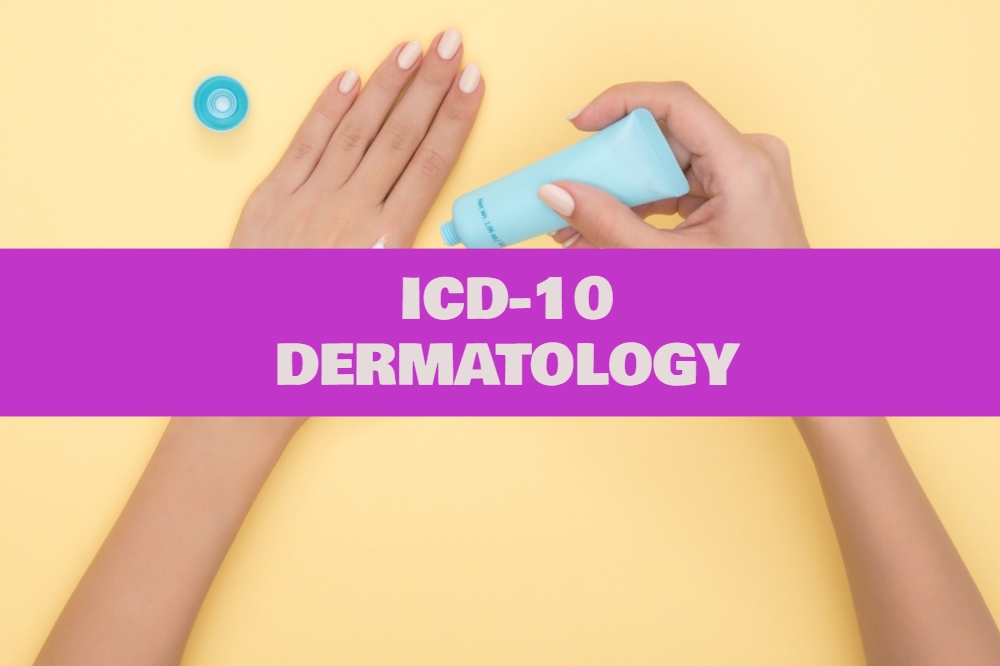Clinical documentation has been around for centuries. There are records from the 18th and 19th centuries that show the detailed observation and findings recorded by doctors of that time. However, clinical documentation has undergone drastic changes over the years. In the early days, clinical documentation was used as a record of the patient’s diagnosis and treatment for future reference. Today, clinical documentation is used not just for reference but also to receive payments through the health insurance system. Thanks to technology, the doctor’s bulky filing cabinets filled with patient records has replaced by the Electronic Health Record (EHR) system.
Sharing of information between doctors, speed and legibility are some of the benefits that are provided through the EHR. The coding system further compresses the documentation data thus allowing for quick retrieval of records. However, improper documentation can result in coding errors, resulting in denial of payments. In order to assign codes accurately for clean and timely payments, billing for services performed has to be backed by correct and thorough documentation. This is equally true in the case of Dermatology billing.
Dermatology ICD 10 codes
The coding system serves as a means of recording the services provided to a patient and also as a means of communication between the payer and the provider. The International Classification of Diseases (ICD) is the commonly used system, both in the US and by a large number of other countries. The ICD 9 system was used in the US from 1979 and was replaced by ICD 10 in 2015. ICD 10 codes are more detailed and more specific.
However, there are a number of physicians who think that such high levels of specificity are not required. It would be important to understand that certain claims may not be processed or denied if they do not carry the required specificity. Urticaria is a good example of understanding the difference between ICD 9 and ICD 10 codes. In ICD 9, there are 8 codes to describe Urticaria, whereas under ICD 10 there are 9 codes for Urticaria. So are they the same – well yes and no. While the Urticaria ICD 10 codes are similar to ICD 9 codes in classifications, the similarities end there. ICD 9 codes were 3 to 5 characters in length, ICD 10 codes are 3 to 7 characters. Thus the levels of details and specificity are much higher in ICD 10 codes.
A dermatology practice could be providing procedures for either therapeutic or cosmetic purposes or both. ICD 10 codes indicate the purpose of the procedure clearly – health or appearance. While this information will already be indicated in the documentation, it will require an expert coder to navigate the large number of ICD 10 codes for dermatology to make the right selection.
Why MedConverge
A detailed and specific document is always better – both for future reference and for receiving proper payments. While proper and adequate documentation was important in the days before EHR for further treatment and follow up; it has become a critical component of modern medicine – not just for future reference and treatment but also to receive proper and timely payments for services performed. Medconverge certified ICD 10 coders are well versed with documentation and coding requirements and are in tune with the latest policy changes. Contact us for all your dermatology medical billing and coding requirements and ensure that you do not lose revenue due to errors or policy changes.
References
- ICD-10-CM Codes › L00-L99 Diseases of the skin and subcutaneous tissue › L49-L54 Urticaria and erythema › . (2018). Retrieved July 05, 2018, from www.icd10data.com: https://www.icd10data.com/ICD10CM/Codes/L00-L99/L49-L54/L50-
- Common ICD-10 Codes for Dermatology. (2018). Retrieved July 05, 2018, from www.icdcodelookup.com: https://icdcodelookup.com/icd-10/common-codes/dermatology
- Lindsay Strowd, M. (2015, January 27). Billing, Coding and Documentation: A Primer on Dermatology Billing and Coding Guidelines . Retrieved July 05, 2018, from www.the-dermatologist.com: https://www.the-dermatologist.com/content/billing-coding-and-documentation-primer-dermatology-billing-and-coding-guidelines
- D, A. J. (2014, August). ICD-10 Will Allow Dermatologists to Effectively Communicate With Payors About Patient Visits. Retrieved July 05, 2018, from www.mdedge.com: https://www.mdedge.com/cutis/article/86259/health-policy/icd-10-will-allow-dermatologists-effectively-communicate-payors
- Urticaria Codes for ICD-10. (2018). Retrieved July 05, 2018, from www.aaaai.org: https://www.aaaai.org/Aaaai/media/MediaLibrary/PDF%20Documents/Practice%20Management/finances-coding/Urticaria-Codes-ICD-10.pdf



